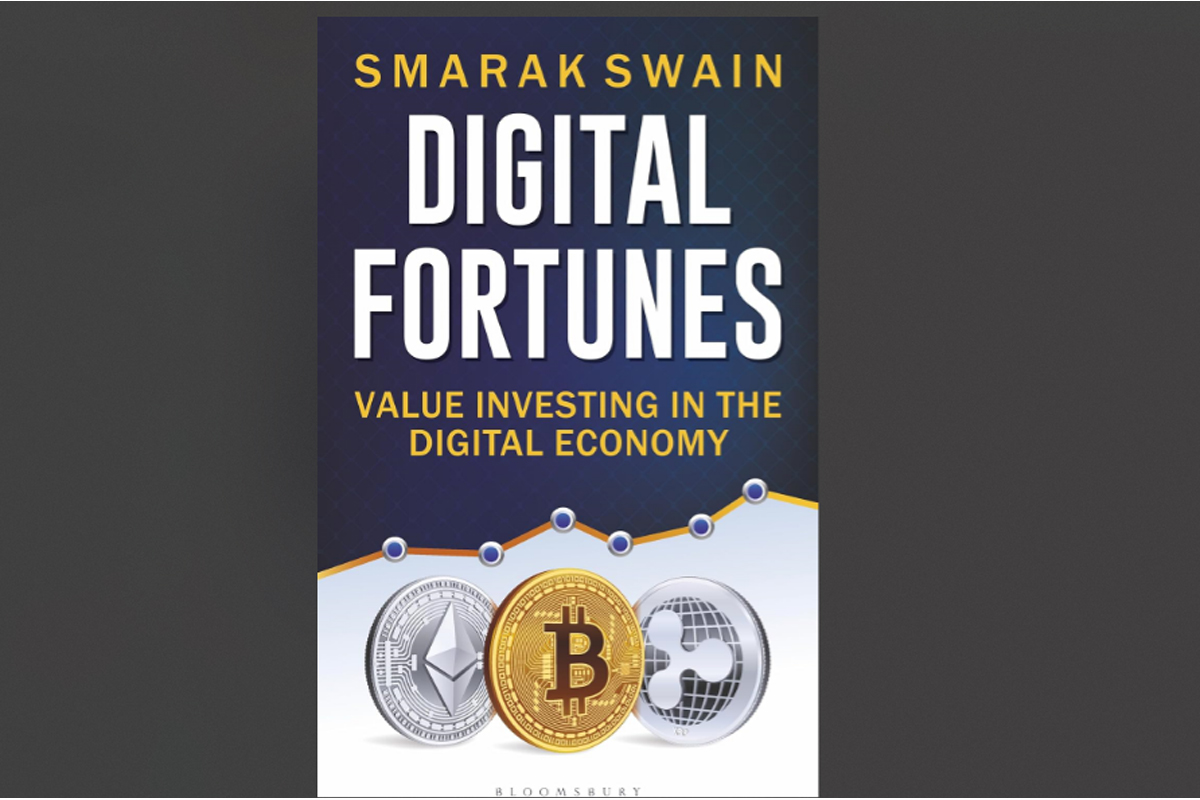About 85 pc of world’s cryptocurrencies are not even worth a cent: Report
About 85 per cent of the world’s cryptocurrencies are worth less than one cent, according to a report on Monday.
New-tech companies, particularly those in their growth phases, frequently report sustained losses and may have negative earnings for extended periods, yet they can still command staggering market valuations.

In the world of investing, traditional value investors have long adhered to well-established financial metrics to guide their investment decisions. These metrics, such as the price-to-earnings (P/E) ratio, have served as reliable indicators for assessing the value of companies in sectors like manufacturing, retail, and services. However, with the ascent of the technology sector and the emergence of cryptocurrencies, these conventional tools often fall short of providing a clear understanding of their market dynamics and potential. This disconnect has led many value investors to steer clear of tech stocks and virtual assets, viewing them as enigmatic and inherently risky.
New-tech companies, particularly those in their growth phases, frequently report sustained losses and may have negative earnings for extended periods, yet they can still command staggering market valuations. For instance, companies like Amazon and Facebook spent years in the red, focusing on growth and market expansion rather than immediate profitability, challenging the traditional investment paradigms that prioritize short-term earnings. This scenario presents a conundrum for value investors who rely on positive earnings and stable P/E ratios as hallmarks of investable assets.
Advertisement
Cryptocurrencies further compound this complexity. With no physical assets or traditional cash flows, cryptocurrencies represent a new asset class that defies the foundational principles of value investing. The valuation of these digital assets often hinges on market sentiment, technological adoption, and speculative futures rather than historical financial metrics. As a result, traditional value investors find it difficult to determine their intrinsic value, leading to skepticism and aversion.
Advertisement
Smarak Swain, in his new book “Digital Fortunes: A Value Investor’s Guide to the New Economy,” addresses these issues head-on. Swain, who has years of experience in negotiating international tax and regulatory standards for the digital economy, argues that value investors are missing out on substantial opportunities by applying outdated analytical tools to understand sectors that are fundamentally different from their traditional counterparts. According to Swain, the key to unlocking the potential of tech stocks and cryptocurrencies lies in understanding the concept of “network effects.”
Network effects occur when a product or service becomes more valuable as more people use it. This phenomenon is central to the business models of many successful tech companies and digital platforms, where the value created by user growth can far outweigh the immediate financial returns seen in traditional businesses. For example, social media platforms grow their value with each additional user, enhancing user engagement and attracting more advertisers, thereby creating a cycle of increasing value which may not be immediately apparent through traditional valuation metrics.
Swain’s book guides value investors on how to adapt their strategies to capitalize on the growth of the digital economy. He provides insights into distinguishing potentially lucrative investments from less promising ones by evaluating the strength and potential of network effects. This approach offers a new lens through which to view high-growth tech companies and virtual assets, allowing investors to identify opportunities where others see only volatility and risk.
As we move deeper into what is often termed the Industrial Revolution 4.0, characterized by digitalization and technological integration across all sectors of the economy, understanding these dynamics becomes crucial. “Digital Fortunes” serves not only as a guide to investing in new tech and virtual assets but also as a primer for rethinking investment strategies in the context of a rapidly evolving global economic landscape.
For value investors willing to adapt and learn, the digital economy offers unprecedented opportunities. By moving beyond traditional metrics and embracing new valuation frameworks like network effects, investors can discover potential in areas once considered beyond their realm. Swain’s insights provide the necessary tools to navigate this new terrain, aiming to bridge the gap between traditional investment wisdom and the demands of the new economy.
Samariya is an IAS officer and currently works as Inspector General of Registration & Stamps Department, Government of Rajasthan. Views are personal.
Advertisement